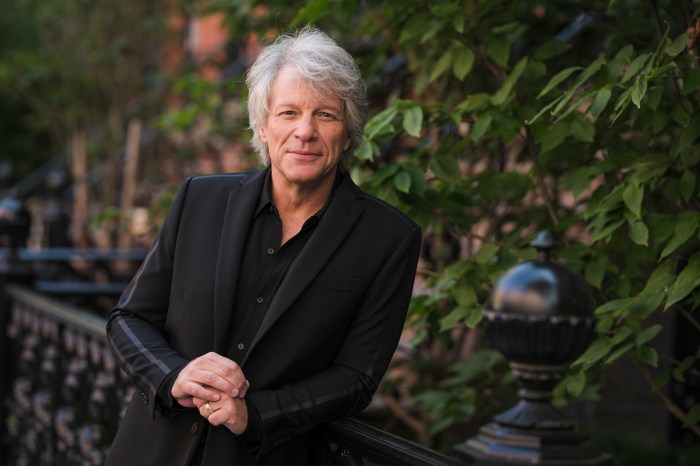By Scott Sieber
Presented to a crowd of 60 seventh-grade Outward Bound middle school students at the Floyd Bennett Field Alpine Tower, the money was donated in an effort to strengthen the Outward Bound “Choices” program currently running in the Channel View School for Research in Far Rockaway and the Brooklyn School Collaborative Studies in Carroll Gardens.”Choices is about team building, responsibility, character and service,” said Channel View Principal Patricia Turbidy, adding that recent graduates of the Choices program are still actively applying their lessons in school. “The seventh-grade students who went are going to present what they did and present some initiatives to my current sixth-graders, so they can get excited about it happening next year.”Founded in 1941 by European educator Kurt Hahn, Outward Bound is most commonly known for providing outdoor adventure camps for youth. Traditionally, these camps take place in the heart of the wilderness, whether the mountains of Colorado, or the forests of the Blue Ridge Mountains. In 1987, the non-profit organization decided to make its benefits available to urban children in New York City, forming NYCOB. Outward Bound Director of Development Paola Vita, said the wilderness camps have always been available to New York City youth, but it would take them out of their home environment, providing a sort of let-down after the program ended.”We found it wasn't enough to recruit urban kids and take them somewhere else to have an experience. They would go and find out that they could do all these wonderful things, and they had more than they probably had before, then they would come back to schools where they were just a number,” she said. “We found that we needed to reach them here in our own city, and the easiest way to do that was through schools.”Today, there are seven Outward Bound expeditionary learning schools in NewYork City, she said, and over 120 throughout the country. Expeditionary schools work in conjunction with the public school system in order to incorporate the Outward Bound learning doctrine that when people leave the familiar, they challenge themselves in new ways, ultimately raising self-esteem. Vita said the Choices program affords middle school students various challenges catered to pre-teen adolescents, including coping mechanisms for dealing with peer pressure, teamwork, and activities promoting leadership and individual initiative.At Channel View, the effects of Choices on the students' approach to learning are noticeable almost immediately, said Turbidy.”At the beginning the instructors said (the students) were more argumentative, but at the end, they were a tight team,” she said. “They worked together and understood they needed to cook, clean and put everything away. And these kids are 12-year-olds. 12-year-olds don't normally clean up after themselves.”The resulting teamwork of Choices has Turbidy praising the program year after year, she said. “That's why I chose the philosophy of Outward Bound, because I want to move that into the classroom,” she said. “We work in teams, and they have to know that they all play a role in a team, and help each other with their academics.”Vita said the character building experiences of Choices is simply designed to make education interesting. Literacy, math and other core subjects are all common practices, she said, but used in real-world contexts.For example, one group of children is currently in the process of publishing a book. The youth are tasked with interviewing and photographing community members, then bringing their work to local publishing houses.”These were kids who could barely read and write before,” she said. “Now they suddenly realize they are going to be in print, so they're really motivated. They're working really hard in ways we haven't seen them work before.”She said creating a working model to inspire students to do the work for reasons other than “to just pass the test” is one of the more important aspects to the program.”They're going to be published. The kids know that, and they know the stakes are high,” she said. “This program is an opportunity for kids to do something they've never done before and to really challenge themselves to do something that seems impossible.”Turbidy said one student stands out in her mind as a classic success story. The student had trouble in the classroom, but once out in the environment, her enthusiasm rocketed.”It completely changed her,” recalls Turbidy. “Her grades are better; she's smiling more; she's really turned herself around.” Keyspan spokesperson Marilyn Mode said the foundation was happy to assist the schools.”The program is such an important program. These kids really develop marvelously as a result of it,” she said. “It really helps develop their self-esteem and confidence and trust in other people.”


























